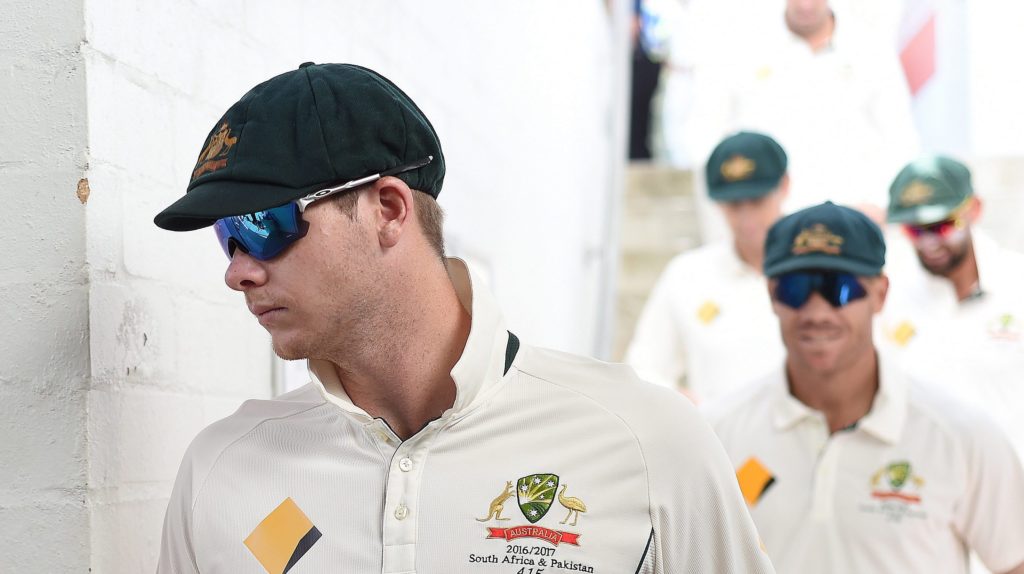The richer cricket has become, the more inequality it has bred, according to an in-depth study.
As the calendar is being fundamentally reshaped by domestic T20 leagues and the riches they offer players, the magnitude of that inequality should serve as a clear warning to the international game, say the authors of a study in The Cricket Monthly.
They point out though, that in most cases salary figures and contract details are not made available publicly. The information in their article, gathered through contacts by their correspondents from around the globe, ‘strives to be as accurate as is possible.’
They conclude that ‘the highest-earning captain in international cricket in 2017 stands to make nearly 20 times as much as the lowest-earning; the top cricketers in the world earn around US$1 million from playing international cricket; the top Pakistani annual contract is worth less in monetary terms than the top Ireland one; and coaching a subcontinent side, though bad for job security, is great for the bank balance.’
The headline is that Steven Smith, the Australia captain, will earn US$1.469 million this year, while his Zimbabwean counterpart Graeme Cremer stands to earn $86,000. The top Indian earners in international cricket are Virat Kohli, the captain, who pulled in approximately $1 million this year, and coach Ravi Shastri, whose annual salary of $1.17 million is comparable to that of any of the game’s top players. They estimate that Faf du Plessis will earn $590,000.
The figures are based on international cricket, and do not take into account player earnings from T20 leagues, other domestic engagements or endorsements. Some boards pay their players a share of their commercial rights.
The authors point out that players from South Africa, England, Australia and New Zealand receive a share of their board’s commercial earnings as a guaranteed part of their contracts. Some boards, like Cricket South Africa and CA, add these payments to the retainer.
Player representation is important.
While Australia and England both have well-established player bodies, the examples of South Africa, New Zealand and West Indies are instructive. Despite being among the smaller boards in terms of revenues, the existence of SACA, NZPA and WIPA means their players are remunerated relatively well. South Africa’s top contract is worth $363,000 per year, in the Caribbean the top contract is worth $140,000, and in New Zealand it is $143,533.
Photo: EPA/Dave Hunt/BackpagePix







